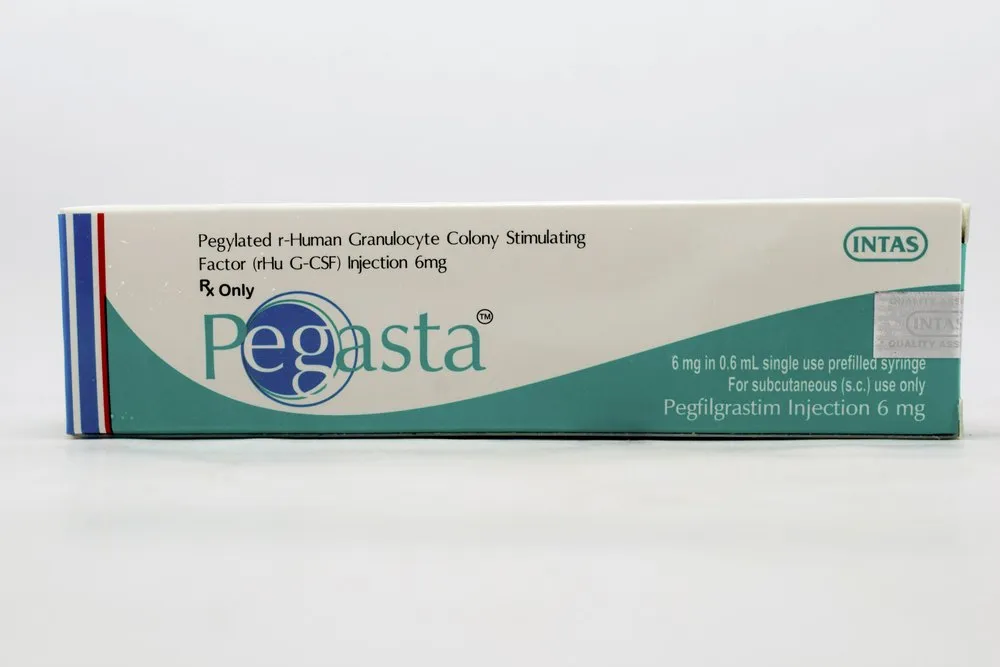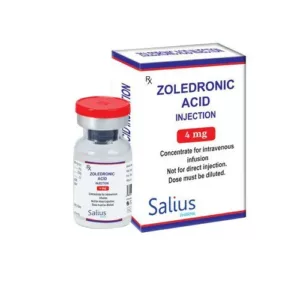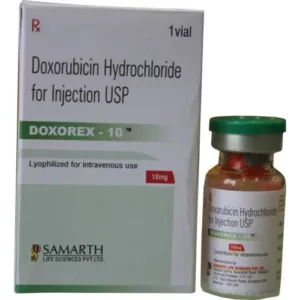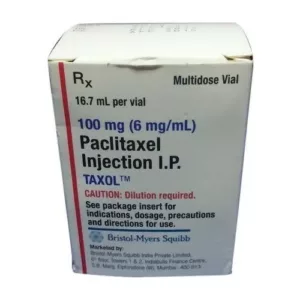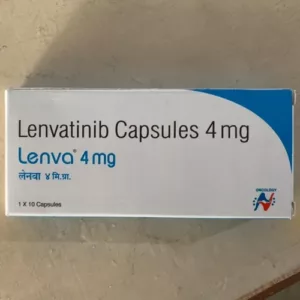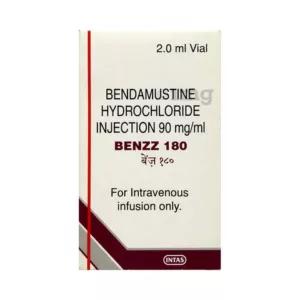Pegasta Injection is given as an injection by a qualified medical professional. You should continue to take as long as your doctor advises for it. The duration of treatment varies according to your need and response to treatment. You might be asked for regular tests done to check the number of blood cells in your blood and your bone density level while you are taking this medicine.
The most common side effects of this medicine include bone pain, joint pain, headache, nausea, and muscle pain. Other than this, pain or redness at the site of injection is common. But, inform your doctor if you notice a lump, swelling, or bruising that does not go away. It might not prevent you from all kinds of infection, hence inform your doctor if you notice fever, chills, shortness of breath, sore throat, and swelling around the face or neck.
Many other medicines can affect, or be affected by, this medicine so let your healthcare team know all medications you are using. This medicine is not recommended during pregnancy or while breastfeeding. The use of effective contraception by both males and females during treatment is important to avoid pregnancy. You must avoid driving or attention-seeking activity if you experience dizziness after taking this medicine.
USES OF PEGASTA INJECTION
- Prevention of Infections after chemotherapy
BENEFITS OF PEGASTA INJECTION
In Prevention of Infections after chemotherapy
SIDE EFFECTS OF PEGASTA INJECTION
Common side effects of Pegasta
- Bone pain
- Joint pain
- Headache
- Nausea
- Low blood platelets
- Muscle pain
- Back pain
- Pain in extremities
- Injection site pain
HOW TO USE PEGASTA INJECTION
HOW PEGASTA INJECTION WORKS
SAFETY ADVICE

Alcohol

Pregnancy

Breast feeding

Driving

Kidney

Liver
